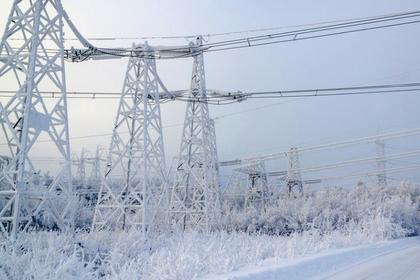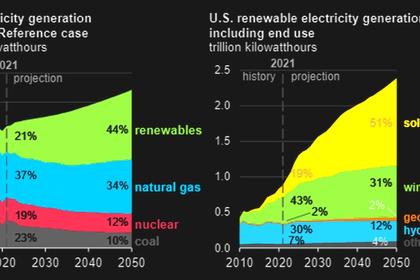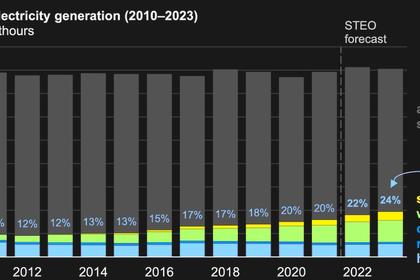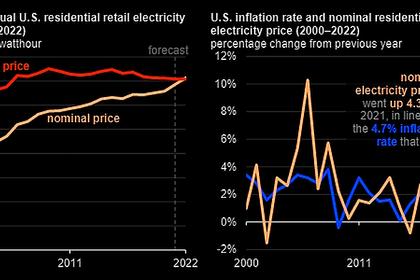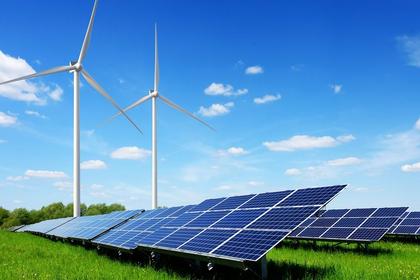
U.S. RENEWABLES GROWTH
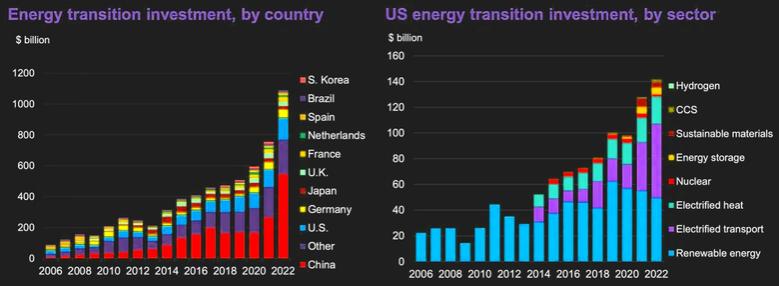
By Mary Scott Nabers, a former statewide office holder in Texas for a decade is now a recognized expert regarding Public Private Partnerships, (P3s). Mary is the author of Collaboration Nation: How Public-Private Ventures Are Revolutionizing the Business of Government and Inside the Infrastructure Revolution – A Roadmap for Rebuilding America. Her articles have been published by Forbes, CNBC.com, InfrastructureUSA, The Hill and other publications. Strategic Partnerships, Inc., a 26-year-old consulting and research firm and the team writes often about, government funding and collaborative initiatives.
Many parts of the country have experienced catastrophic winter weather events in recent years. In Texas recent winter weather issues were exacerbated when over-taxed grid networks failed to perform. Grid failures are why some public officials are spending millions on energy resilience projects. The U.S. solar market, which is just one segment of the energy resilience industry, is on track to quadruple by 2030.
The US Department of Energy (DOE) has numerous programs that provide funding to support energy resilience projects throughout the country.
Later this month, the DOE will announce more funding awards from two grant programs—both of which offer support for energy resilience projects. Funding is available for remote areas, sensitive sites and for projects at all jurisdictional levels of government. Many states and municipalities are also allocating money to support energy resilience projects.
In Wisconsin, the Madison Metropolitan Sewerage District will invest $50.9 million in a project to bolster energy resilience at a wastewater treatment plant. District officials are identifying assets that need to be replaced at the Nine Springs Wastewater Treatment Plant. Outdated equipment and processes will be upgraded, and the plant will be positioned for wider use of biogas which will generate both clean, on-site electricity as well as revenue. The project’s concept design is oriented around three major priorities: reducing energy consumption, increasing energy production, and finding wider, more reliable uses for biogas.
A public university in Klamath Falls, Oregon is seeking design services for a project to make the entire campus more energy-resilient. The project focuses on renovating the Oregon Institute of Technology’s heat exchange building. Preliminary plans involve replacing the geothermal storage tank in the existing facility with an insulated concrete structure designed for in-ground installation. Additional elements of the project include replacement of supply lines from production wells, and a new membrane roof for the renovated heat exchange building. A project cost of $15 million is projected.
A two-phase energy resilience project for the sanitary district in Santa Barbara County, California is scheduled for launch in spring 2023. During the project’s initial $13.6 million phase, the district will construct a 550,000-gallon anaerobic digester with additional capacity for combined heating and cooling. It will provide more energy resilience since the system will draw on biogas to generate more electricity and heat. During the project’s second phase, district officials expect to reach 30% design completion for receiving stations and energy-resilient equipment for wastewater treatment processes.
A $37.9 million district energy system project will be launched in Rochester, Minnesota. The project will be designed to deliver power to the downtown area. The renewable and local source of energy will be scaled to heat and cool buildings, but the design of the system is scalable so additionally facilities can be added to the clean energy grid in the future.
Local officials in Minnesota’s Hennepin County will oversee a project to deliver an anaerobic digestion facility next to one of the county’s existing waste transfer stations. The new facility will be scaled to convert an annual average of 25,000 tons of organic material into renewable energy. This is part of the county’s initiative to eliminate waste through a more dynamic and energy-resilient approach to infrastructure planning.
Officials in Traverse City, Michigan have allocated $2 million to a new capital improvement to make a critical water treatment plant more resilient amidst the kind of challenges experienced by interconnected grid networks. Funding of $2 million has been allocated in the budget for the deployment of a solar array to mitigate the risk of service disruptions.
Many renewable energy projects are in the planning stages throughout the U.S. Public officials in Clark County, Nevada have allocated $700,000 to design alternative energy improvements for four water resource centers. The first two will be scaled to generate up to 1MW of solar power. Scoping is still underway for the third facility. Energy resilience upgrades planned for a fourth facility will support hydroelectric and/or anaerobic digestion as a local source of clean energy.
The city of Ann Arbor in Michigan allocated $500,000 for the planning stage of a project designed to bring geothermal and solar energy generation to the entire city. The initiative will deploy city-owned solar microgrids and install district geothermal systems under city.
Clean, renewable energy sources are attractive for many reasons but not the least is the sustainability and resilience that these power sources provide.
-----
Earlier:
